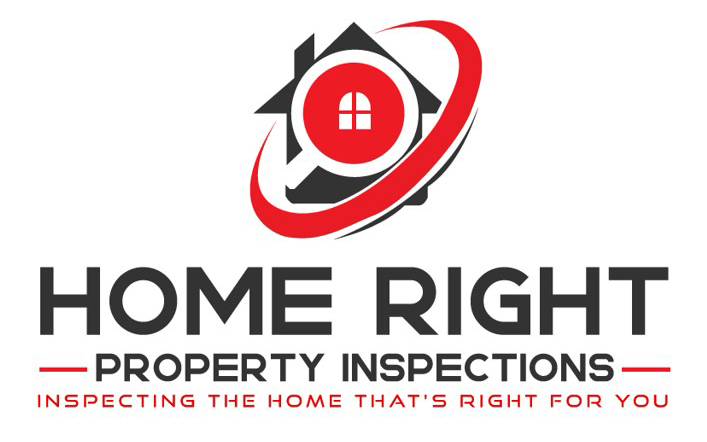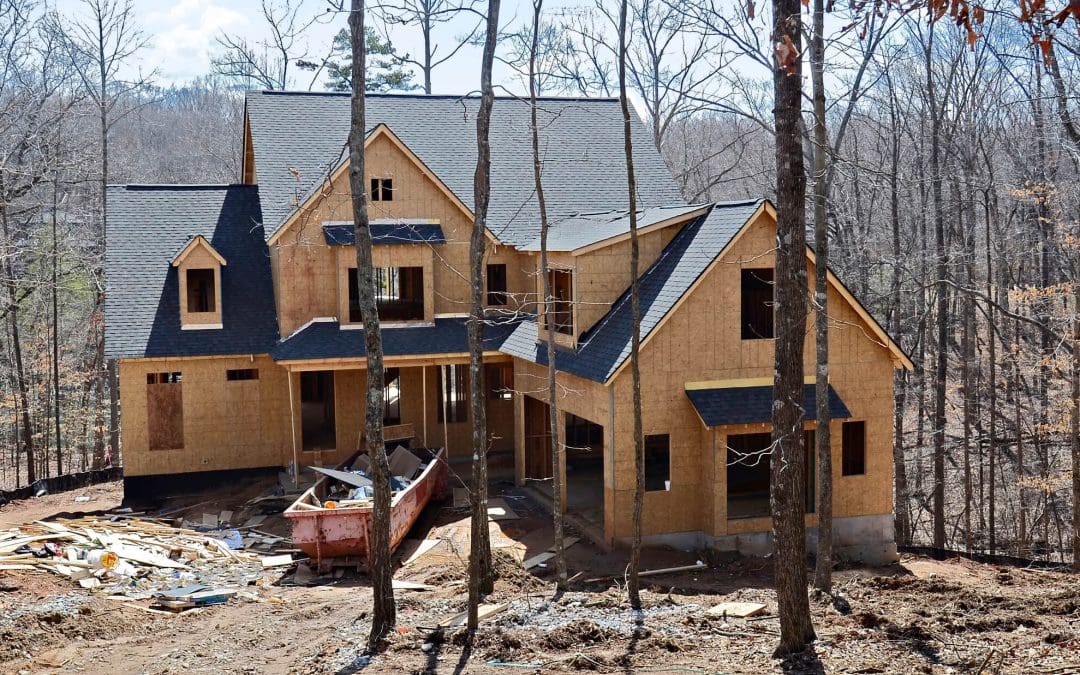Buying a brand-new home is exciting. Everything is fresh, modern, and built just for you. But just because a house is new doesn’t mean it’s perfect. In fact, new construction defects are more common than most people realize. Even with today’s strict building codes, mistakes happen. If you’re purchasing a newly built home, it’s important to know what to look for and how to protect yourself.
Foundation and Structural Issues
The foundation is the most critical part of any home. If it’s not done right, it can lead to major problems. Some common foundation issues in new construction include improper grading, poor soil compaction, and rushed concrete curing. These can cause cracks, uneven floors, and even water intrusion. Structural defects can also appear in framing, where misaligned or poorly connected beams weaken the house’s integrity. These issues might not be obvious right away, but over time, they can turn into costly repairs.
Plumbing New Construction Defects
Water leaks are a homeowner’s nightmare, and unfortunately, new homes aren’t immune. Poorly installed pipes, loose fittings, and improper drainage can all lead to water damage, mold growth, and expensive repairs. One common issue is the incorrect slope in drain lines, which can cause slow drainage or backups. Sometimes, plumbing defects aren’t immediately visible but can show up as water stains, musty smells, or fluctuating water pressure.
Electrical Problems
A new home should have a safe and efficient electrical system, but that’s not always the case. Some of the most frequent issues include overloaded circuits, improperly grounded outlets, and faulty wiring connections. These mistakes can cause power outages, malfunctioning appliances, or even fire hazards. If you notice flickering lights, buzzing sounds from outlets, or tripped breakers, it could be a sign of an electrical defect.
Roofing and Siding Flaws
Your home’s exterior is its first line of defense against the elements. Unfortunately, rushed or careless installation of roofing and siding can lead to big problems. Missing or poorly nailed shingles can result in leaks, and improperly installed flashing around chimneys and vents can let water seep in. Siding defects, such as gaps, misalignment, or inadequate sealing, can also cause moisture intrusion and energy inefficiency. If a home isn’t properly sealed, it won’t just be vulnerable to leaks—it will also cost more to heat and cool.
HVAC System Issues
Heating and cooling systems are essential for comfort, but they won’t work efficiently if they’re not installed correctly. Common problems include improperly sized units, poorly sealed ductwork, and insufficient airflow. If the system is too small, it won’t keep up with demand; if it’s too large, it will cycle on and off too frequently, leading to higher energy bills and shorter equipment life. Uneven heating and cooling in different rooms can also be a sign of improper installation.
Flooring and Finishing New Construction Defects
When walking through a new home, you might not expect to see gaps in flooring, uneven tile, or poorly installed trim, but these issues are surprisingly common. Hardwood floors can warp or buckle if not installed with the right moisture levels, and tile floors can crack if the subfloor isn’t properly prepared. Even cosmetic details like paint, drywall, and cabinetry can suffer from rushed work, leaving behind blemishes, cracks, and misalignments that affect the overall look and feel of the home.
Window and Door Problems
Windows and doors should open and close smoothly, but defects in installation can lead to drafts, leaks, and misalignment. If doors don’t latch properly or have uneven gaps, they might have been installed incorrectly. Windows that stick or don’t lock securely can also indicate poor workmanship. Over time, improperly installed windows and doors can lead to energy loss and water damage, making them a costly fix.
How to Protect Yourself
Just because a home is new doesn’t mean it’s flawless. The best way to protect yourself is by getting a professional home inspection, even on new construction. A trained inspector can spot issues before they turn into bigger problems. If defects are found, they should be addressed by the builder under the home’s warranty. Don’t assume that everything is in perfect condition—take the time to check for yourself or hire an expert to do it for you.
New construction should be exciting, not frustrating. Knowing what to look for and taking proactive steps can help ensure your new home is built to last.
FAQs on New Construction Defects
Aren’t new construction homes inspected by the city?
Yes, but city inspections are limited. Inspectors focus on code compliance, not quality control. A third-party home inspection is more thorough.
Should I still get a home inspection on a brand-new house?
Absolutely. Builders make mistakes, and a home inspection can catch issues before you move in.
What should I do if my new home has defects?
Document the issues and report them to your builder as soon as possible. Most new homes have a warranty covering defects within a certain timeframe.
How can I avoid buying a home with major defects?
Research your builder’s reputation, ask for references, and hire a home inspector before closing. Taking these steps can save you time, money, and stress in the long run.
Home Right Property Inspections offers home inspections, including new construction inspections, to homebuyers in Southern California. Contact us to request our services.

